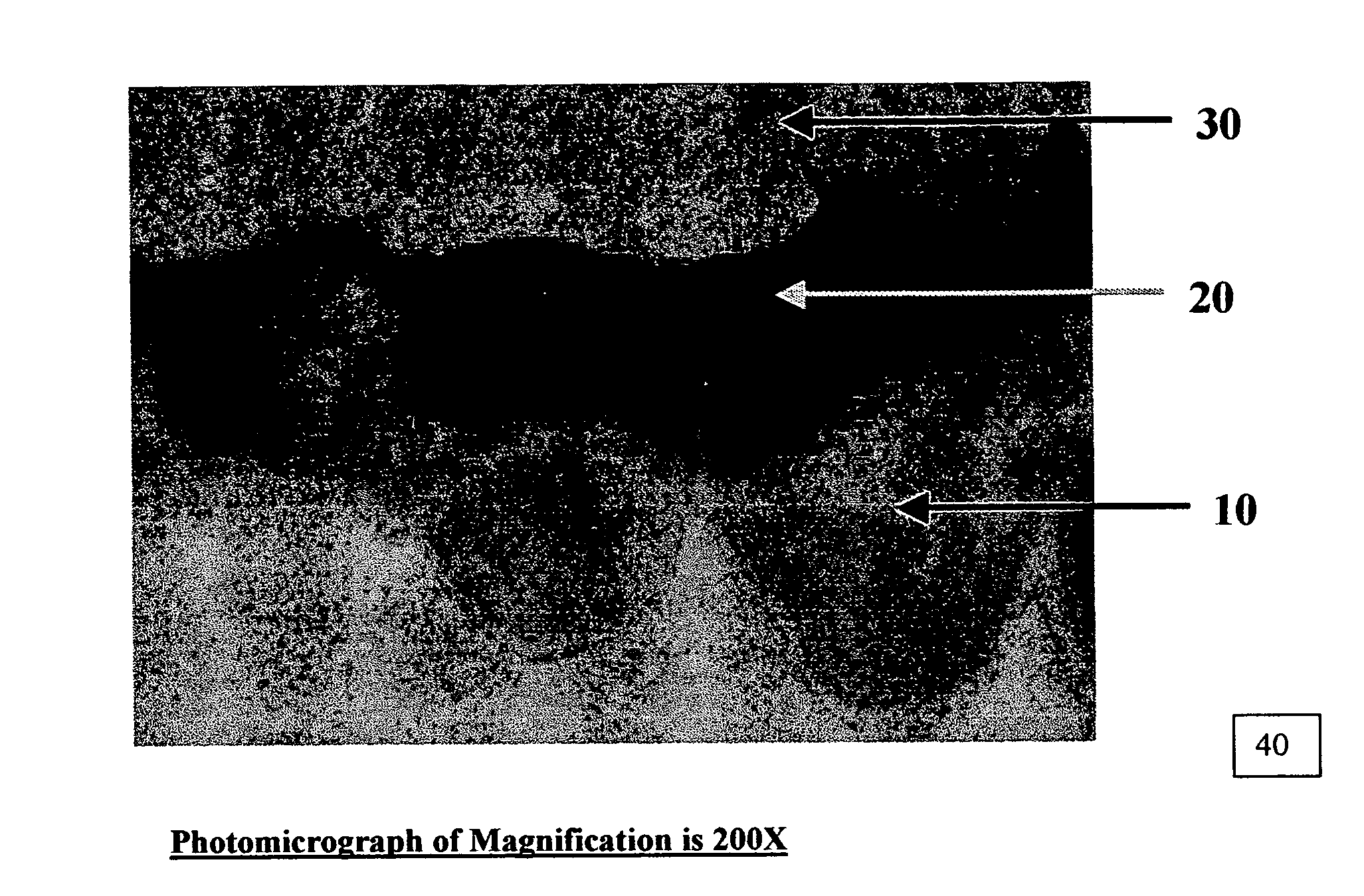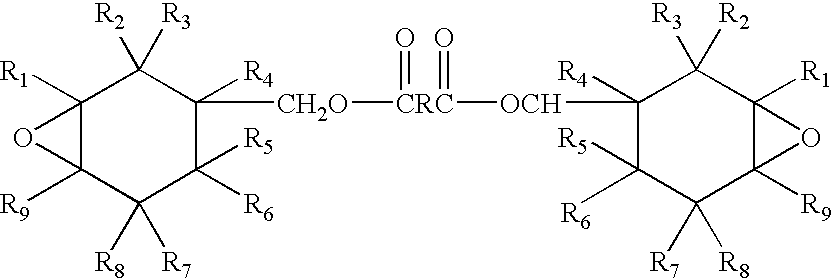System, method, and composition for adhering performed thermoplastic traffic control signage to pavement
- Summary
- Abstract
- Description
- Claims
- Application Information
AI Technical Summary
Benefits of technology
Problems solved by technology
Method used
Image
Examples
examples ii & iii
[0171] The next Examples used the same primer as Example I (Primer A). The primer was also brush applied to the concrete samples. Prior to any treatment, the concrete samples were sand blasted to remove any dust and dirt that may be present. Concrete samples were also soaked in water for a period of 24 hours to prepare the “wet” concrete samples. For the “wet” concrete, the concrete samples were placed in standing water after application of the primer and / or spray polyurea elastomer for a period of 24 hours before adhesion testing. For these Examples, “Polyurea Spray System A” was applied (65 mils thick) at varying times after application of the primer to the concrete substrates. These times ranged from immediately after the primer was applied to 15 minutes, 30 minutes, 1 hour, and 24 hours. No foaming of the aromatic polyurea elastomer system was noted when applied to any of the “wet” concrete samples. The Elcometer adhesion values are given in Table II.
TABLE IIApplication of the...
PUM
| Property | Measurement | Unit |
|---|---|---|
| viscosity | aaaaa | aaaaa |
| depth | aaaaa | aaaaa |
| bond strength | aaaaa | aaaaa |
Abstract
Description
Claims
Application Information
 Login to View More
Login to View More - R&D
- Intellectual Property
- Life Sciences
- Materials
- Tech Scout
- Unparalleled Data Quality
- Higher Quality Content
- 60% Fewer Hallucinations
Browse by: Latest US Patents, China's latest patents, Technical Efficacy Thesaurus, Application Domain, Technology Topic, Popular Technical Reports.
© 2025 PatSnap. All rights reserved.Legal|Privacy policy|Modern Slavery Act Transparency Statement|Sitemap|About US| Contact US: help@patsnap.com



